October was a typically autumnal month, with some misty mornings leading to sunny days. It was quite mild at times, but it was rain that dominated the month with some quite heavy and prolonged showers, especially towards the end of the month. As a result of this higher than average rainfall, all the footpaths in the cemetery are very muddy. At least the cemetery wildlife wasn’t short of drinking water!
Plants
Small Flowering
Many of the cemetery’s plants have now died back, including the Hogweed shown above. It’s good that some of the seed heads remain upright even after all the seeds have been eaten because they make a great focal point for us photographers! However, I also found one still in flower.
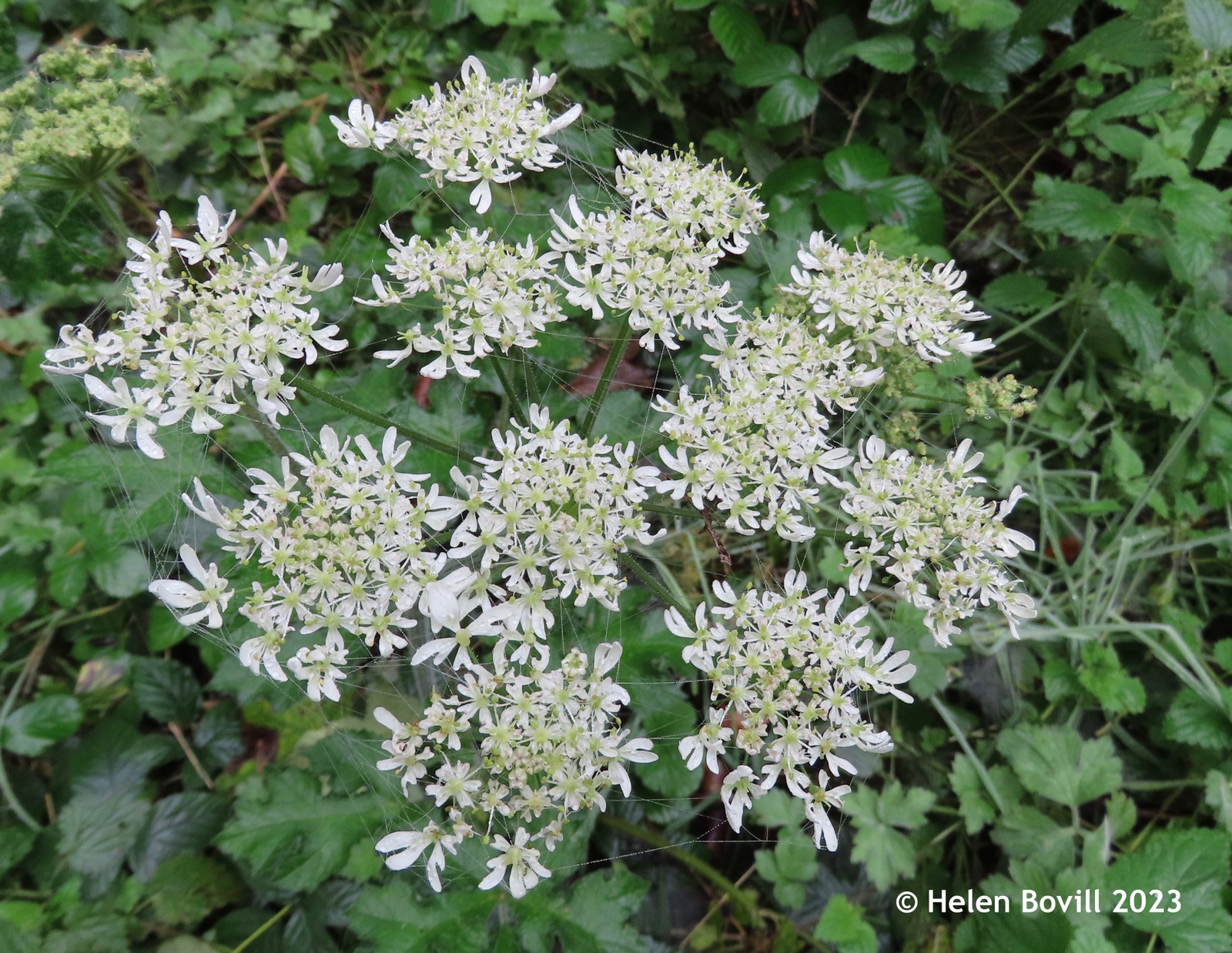
Elsewhere in the cemetery I found lots of Ivy still in flower and attracting plenty of small bees and hoverflies.
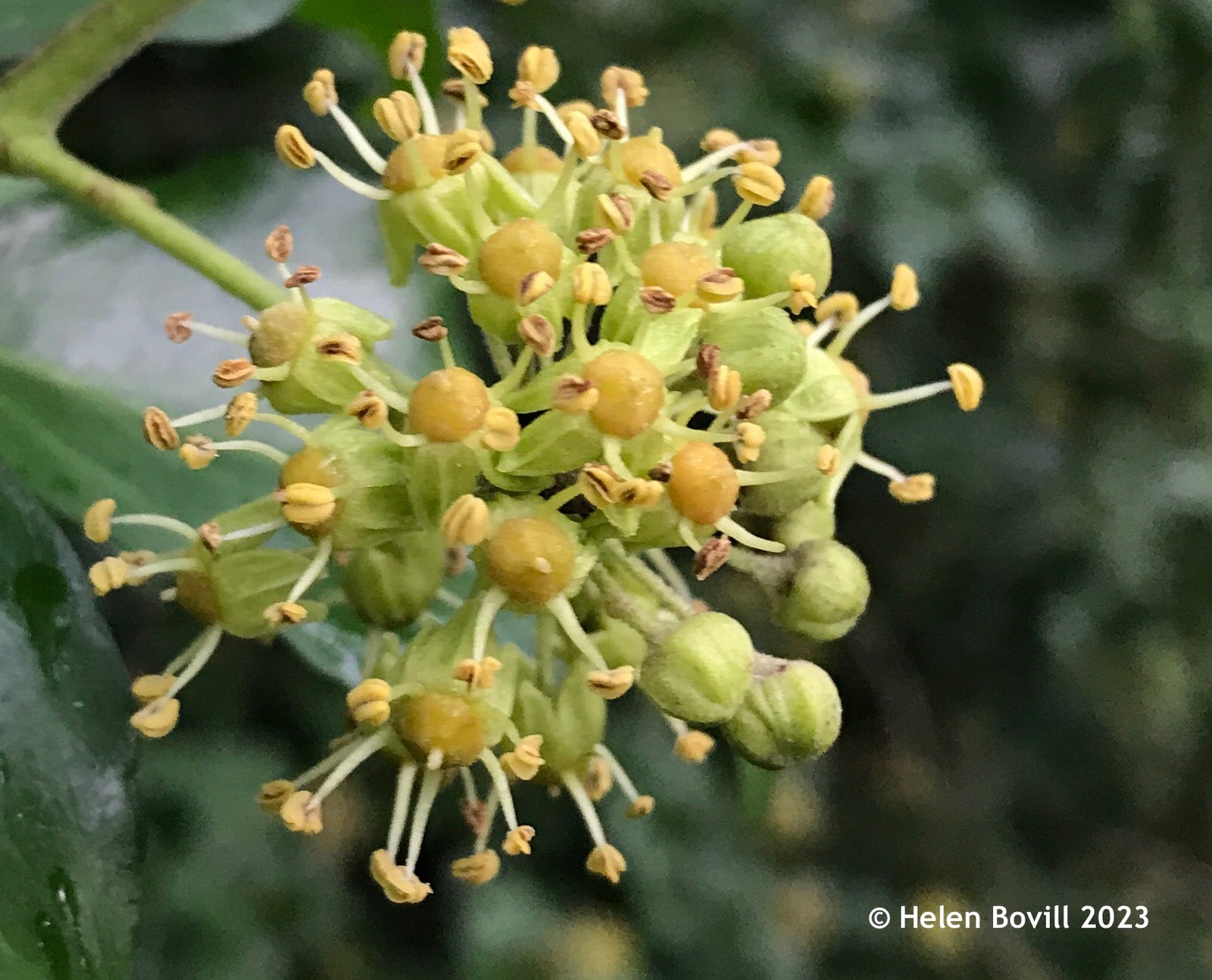
The main place for flowering plants is the grass verge along Spring Bank West. As I mentioned in last month’s report, the Council cut part of it during the hot weather early in September. Then we had lots of rain and the verge looks green and lush as a result. Unfortunately this has allowed lots of thistles to start regrowing, but the verge is due for one final cut of the season, hopefully soon.
Despite this I found several plants still flowering, including Tansy, Feverfew and Smooth Sow-thistle.
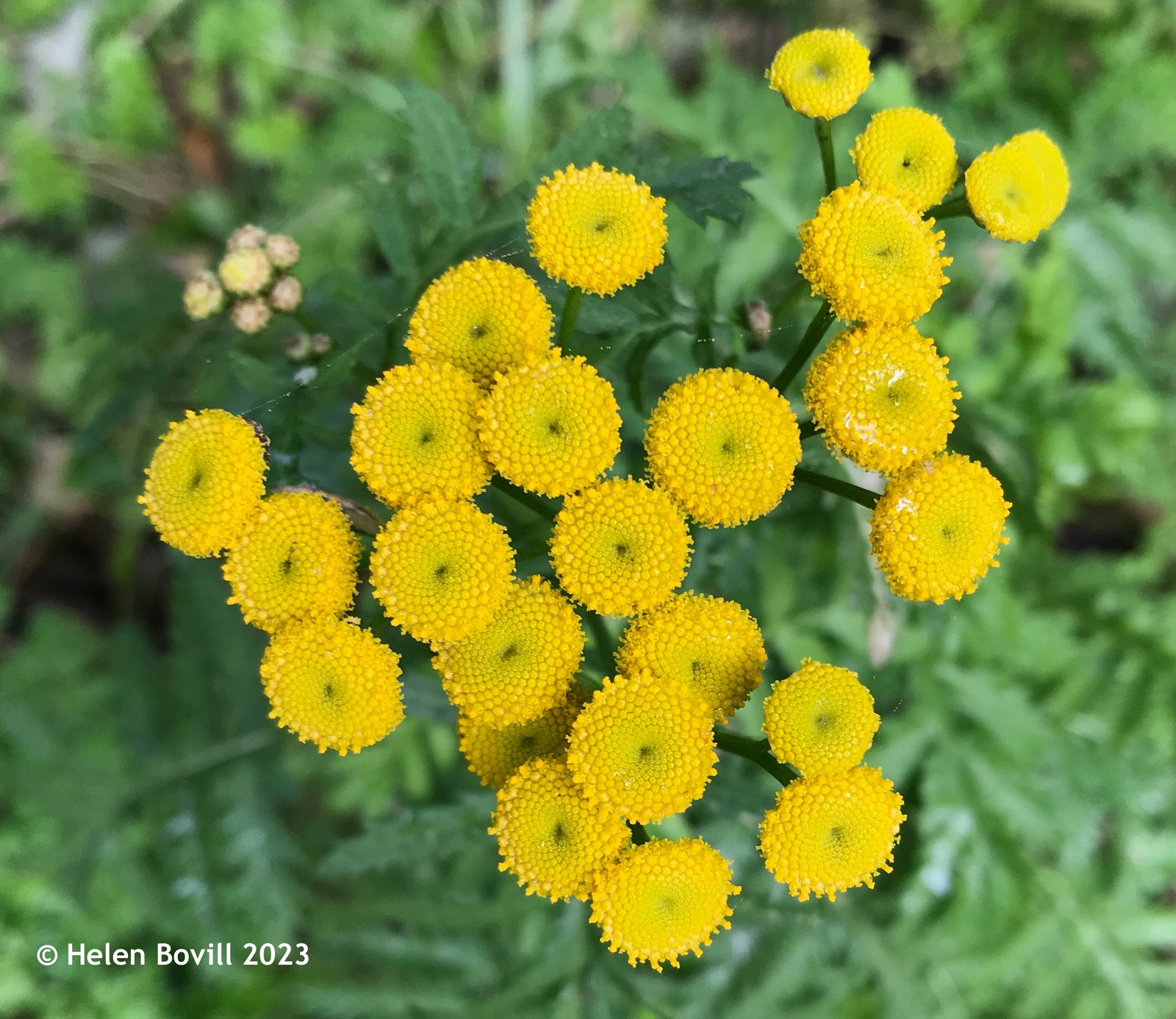
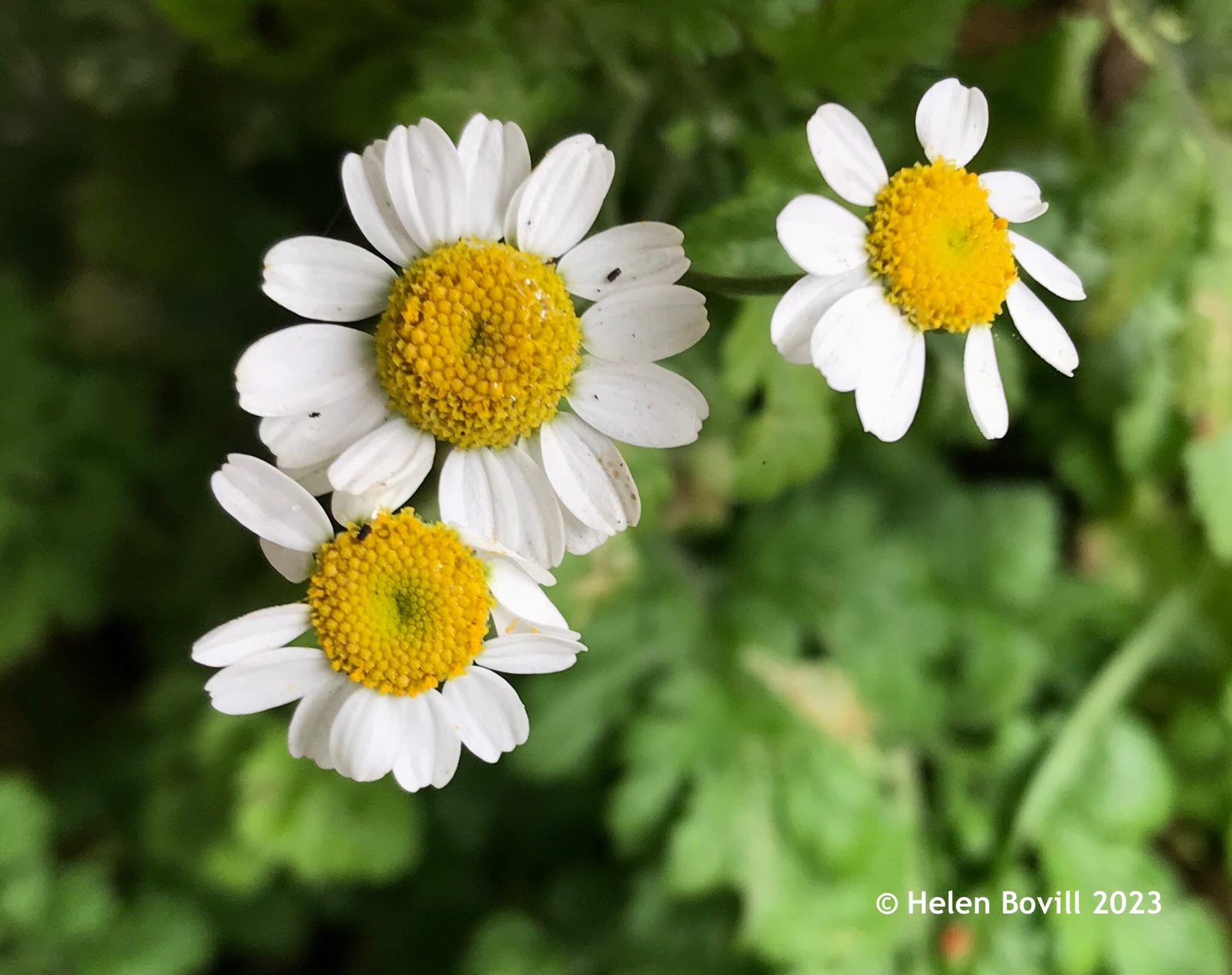
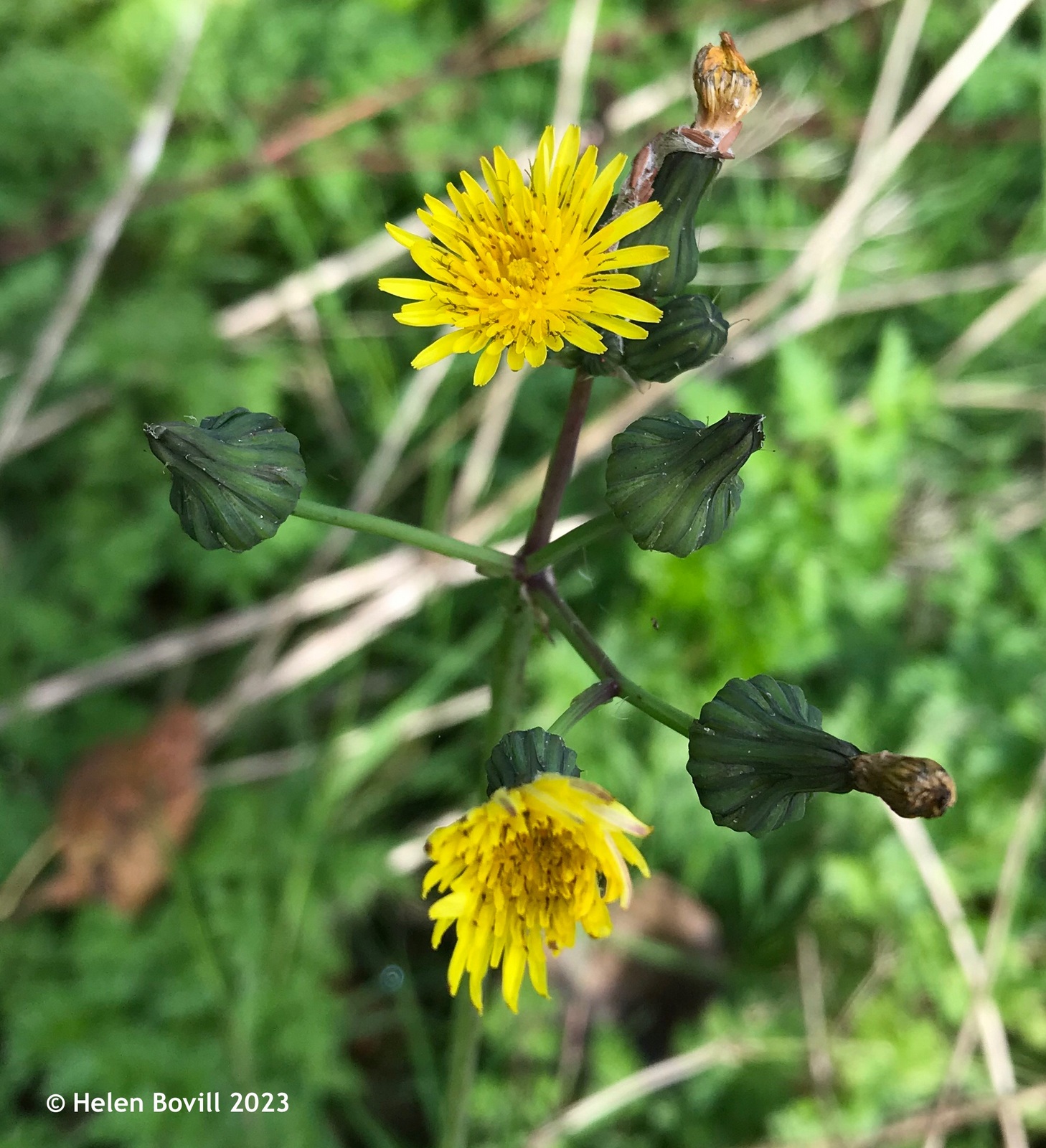
That small patch of Ragwort I mentioned last month is still in flower. I’ve also found White Campion, Wild Basil, Toadflax, Dandelions and Musk Mallow still flowering.
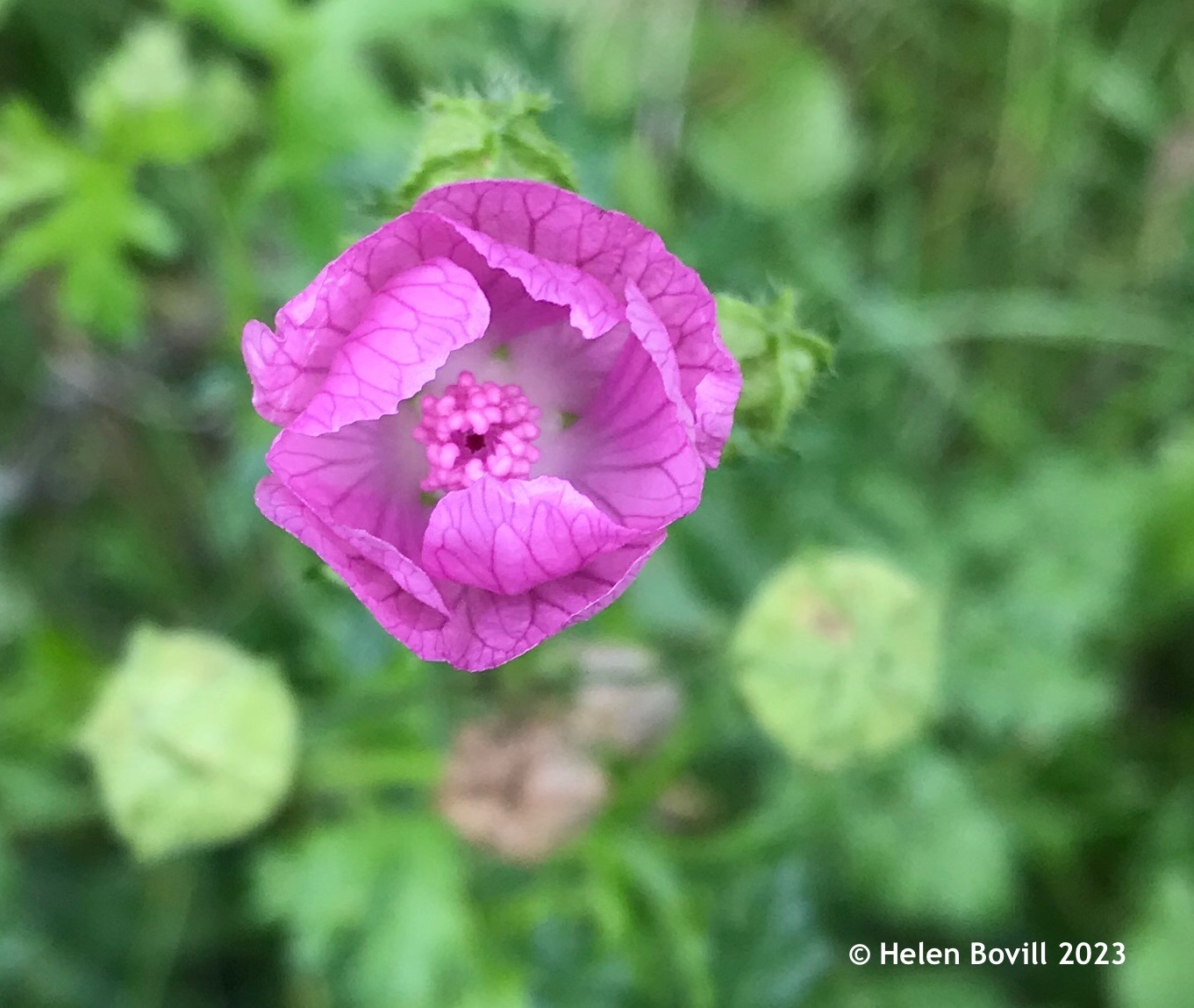
Trees and larger shrubs
The heavy rainfall on the trees has saturated the bark, making it appear very dark.
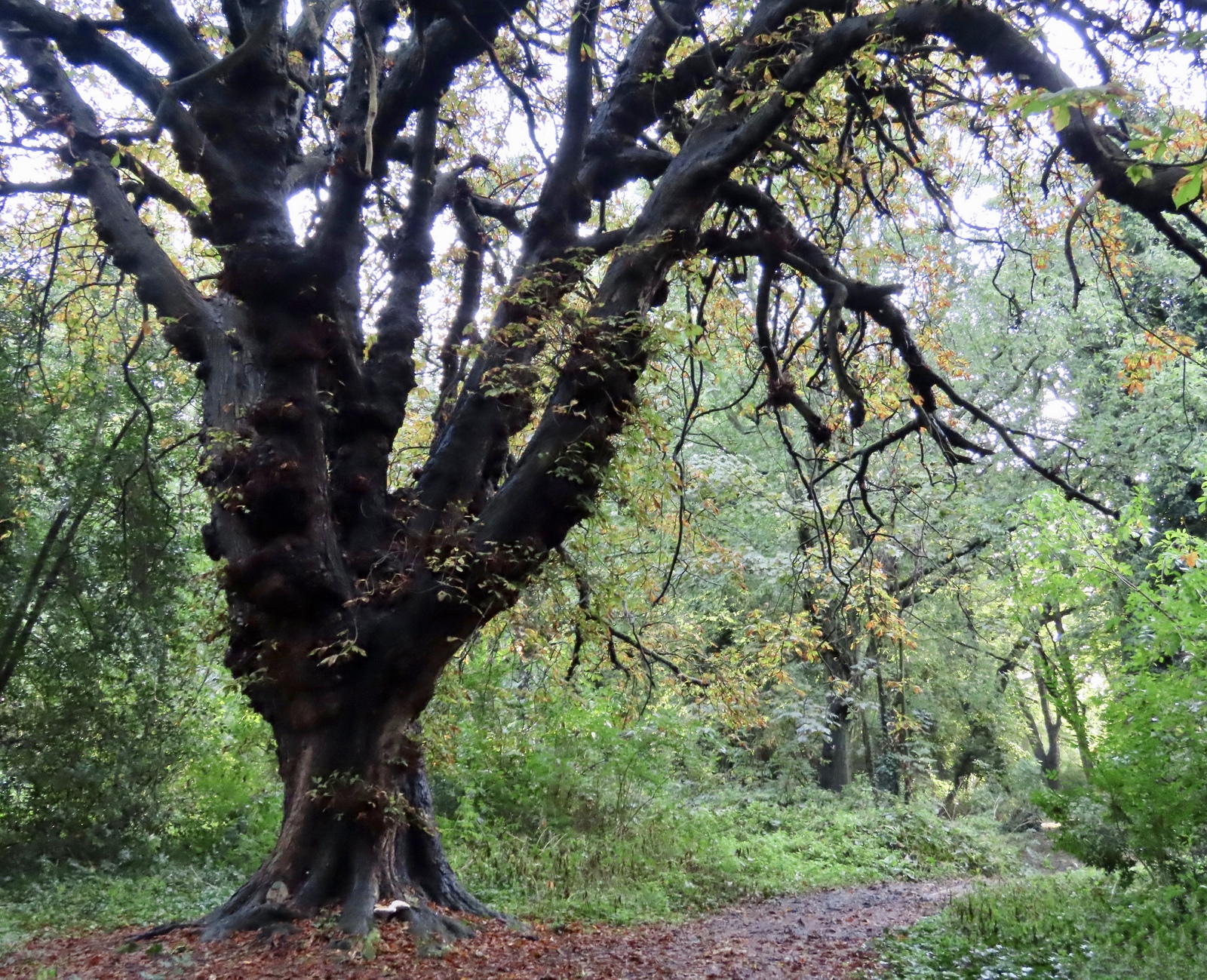
It isn’t just the flowers that add colour to the cemetery – the leaves on the trees look equally colourful, especially on the Forsythia growing near the cemetery gates. It gives us masses of bright yellow flowers in the Spring, and then this in the Autumn.
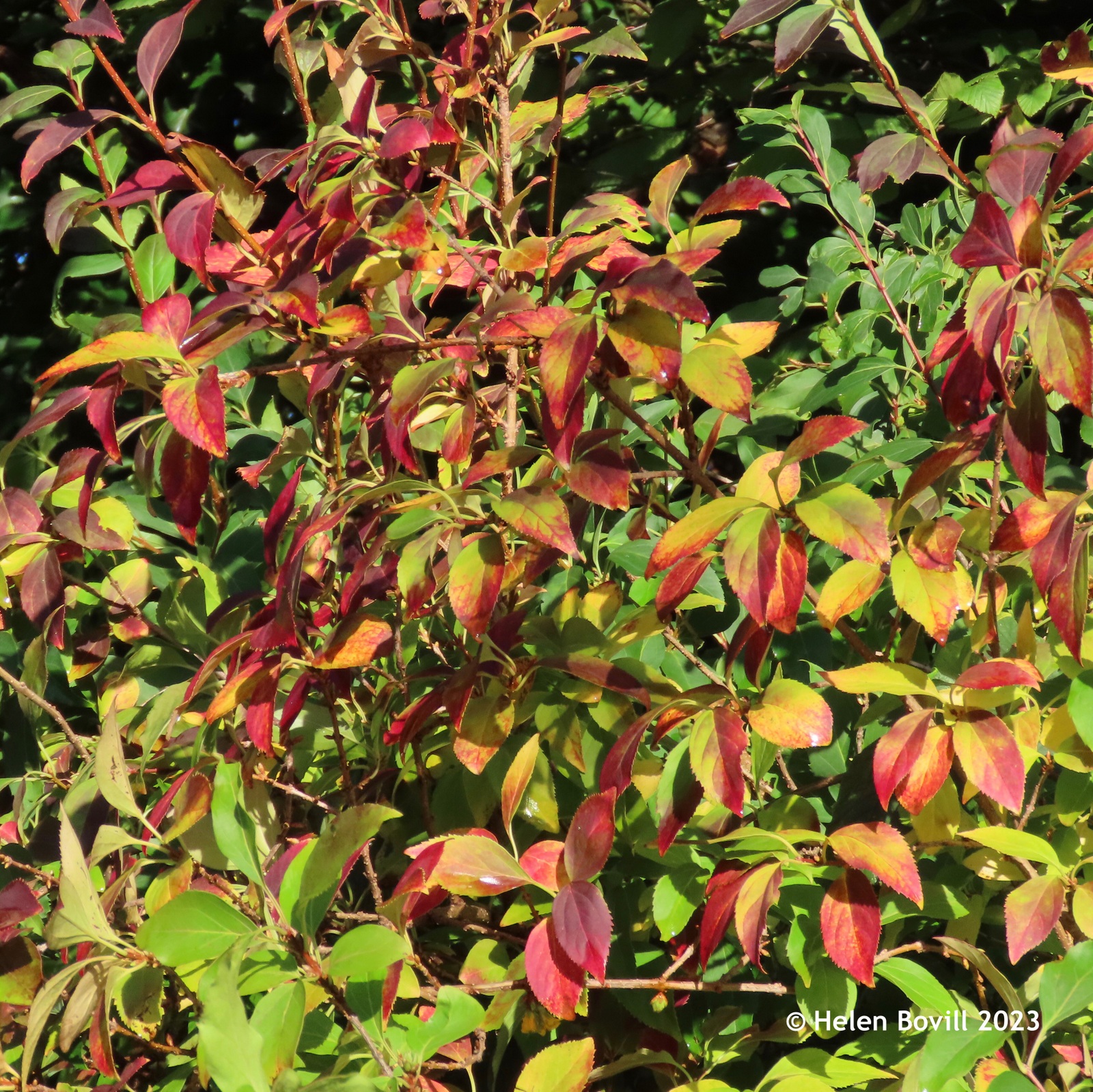
The Dogwood growing inside the cemetery is very colourful too.
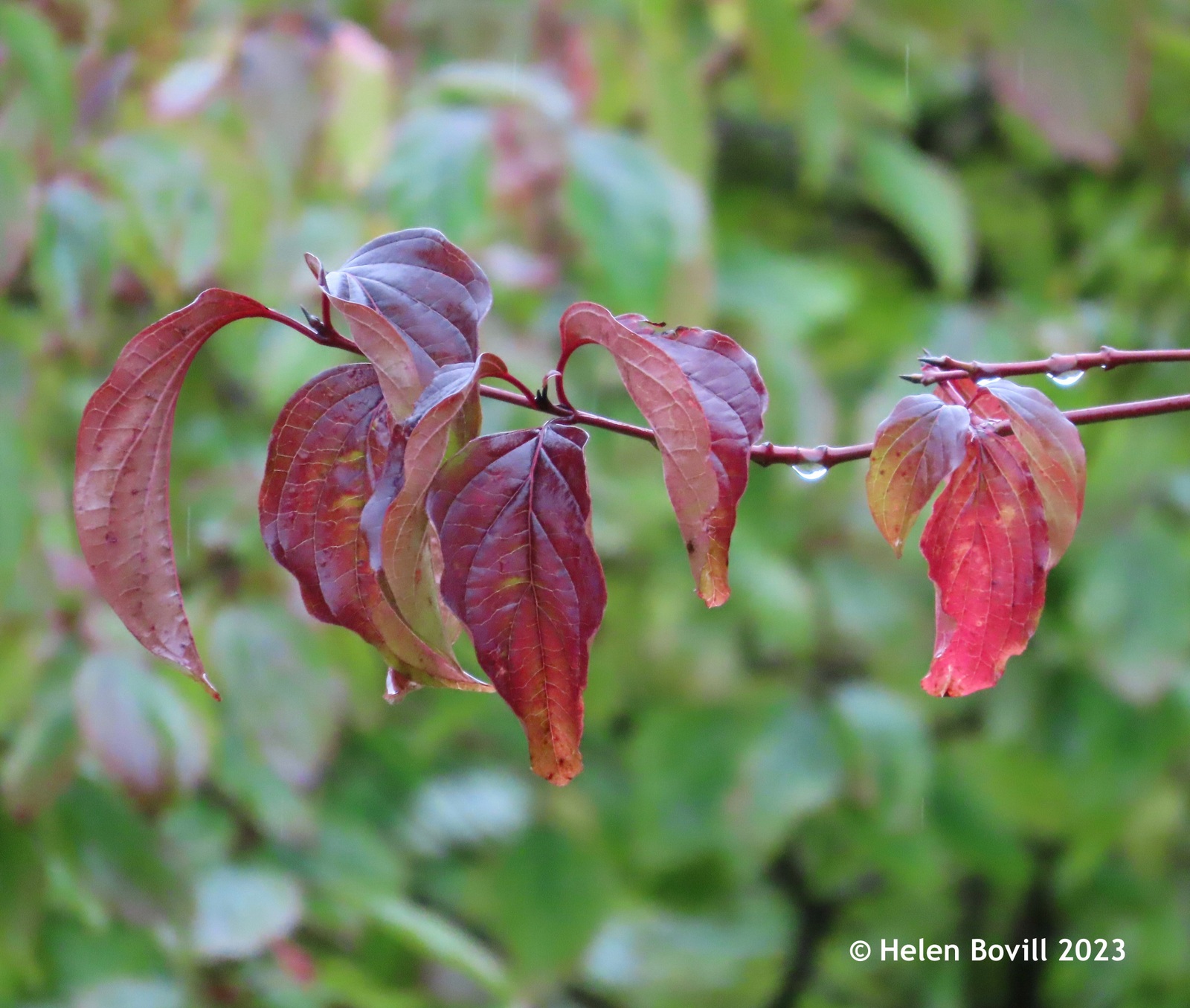
The leaves on some of the trees have started to turn autumnal, but it looks like their main colour will come through in November.
The berries on the trees also add splashes of colour all over the site, and provide food for the cemetery wildlife, especially the birds.

Birds
The usual small birds were around in good numbers, including Blue Tits, Coal Tits, Chaffinches, Blackbirds, Robins, Wrens, Great Tits and Goldfinches.
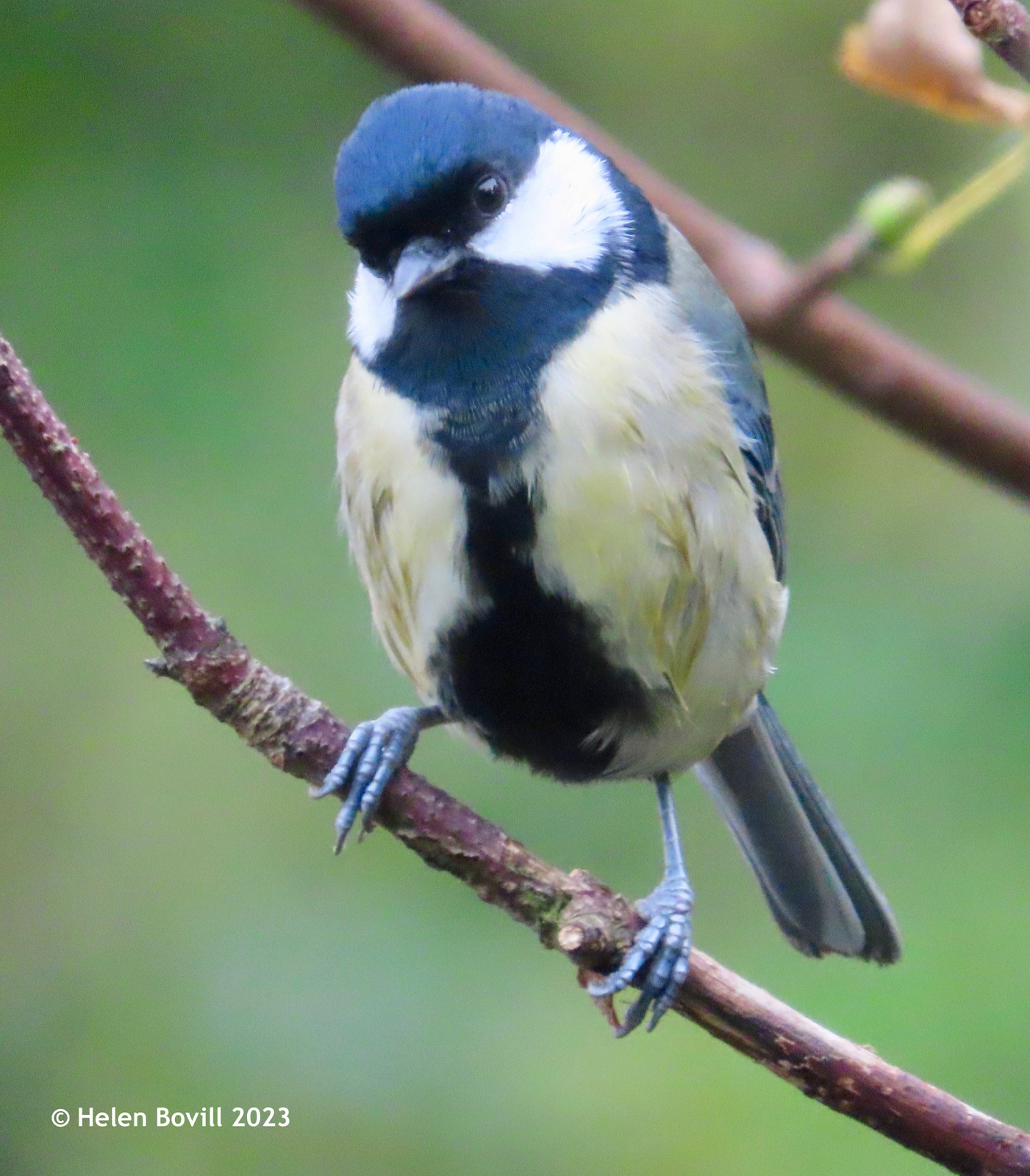
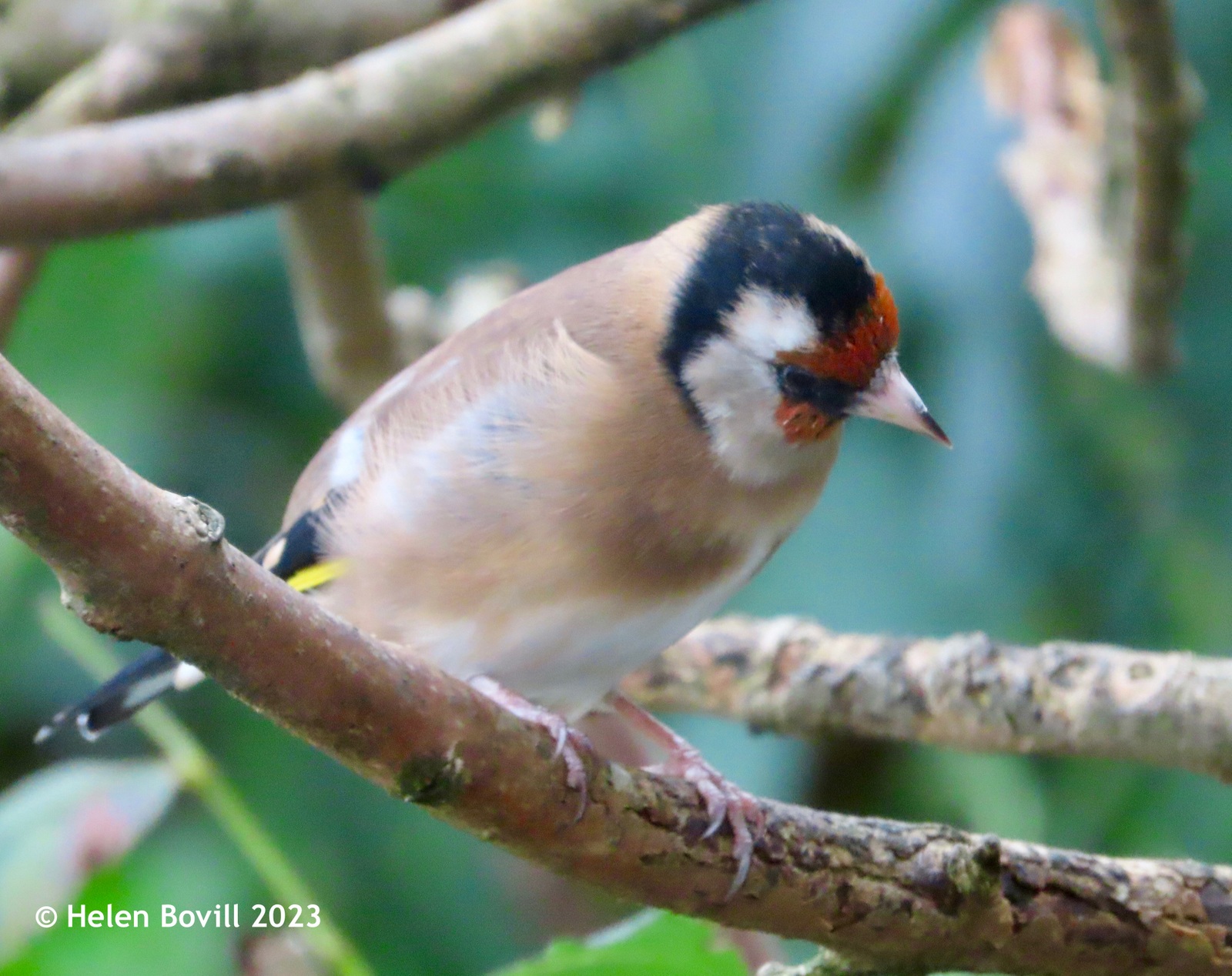
Walking through the cemetery one day, I heard a cooing sound that differed from the Wood Pigeon and Stock Dove ones I usually hear. When I looked up I saw a pair of Collared Doves perched on the roof of a nearby house. Unfortunately they were not in the cemetery itself so don’t count towards this year’s list of bird species seen in the cemetery. I’m hoping to see them again, but inside the cemetery.
Insects
I saw plenty of small bees and hoverflies this month. One sunny day I was walking along the grass verge and noticed that practically all of the Dandelions and other similar yellow flowers had a small insect on them. This includes Ladybirds, both Harlequin and native.
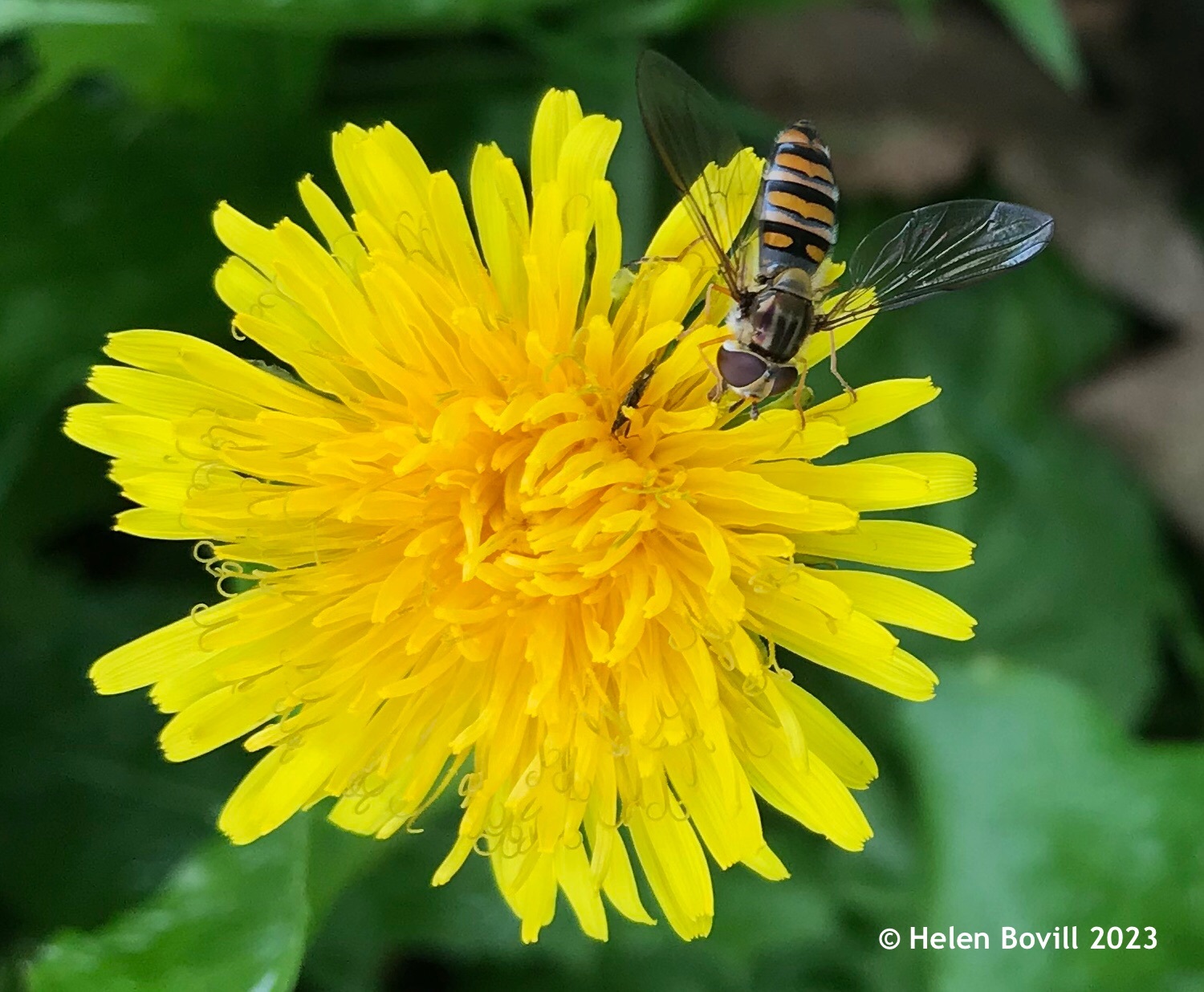

I didn’t see any butterflies in October, and neither did any of the other volunteers. This is unusual, because I’ve seen at least one Speckled Wood in the previous two Octobers.
Fungi
Just a couple to record this time – a Jelly Ear and one that looks very like the Dryad’s Saddle ones I’ve seen on a few occasions in the past.
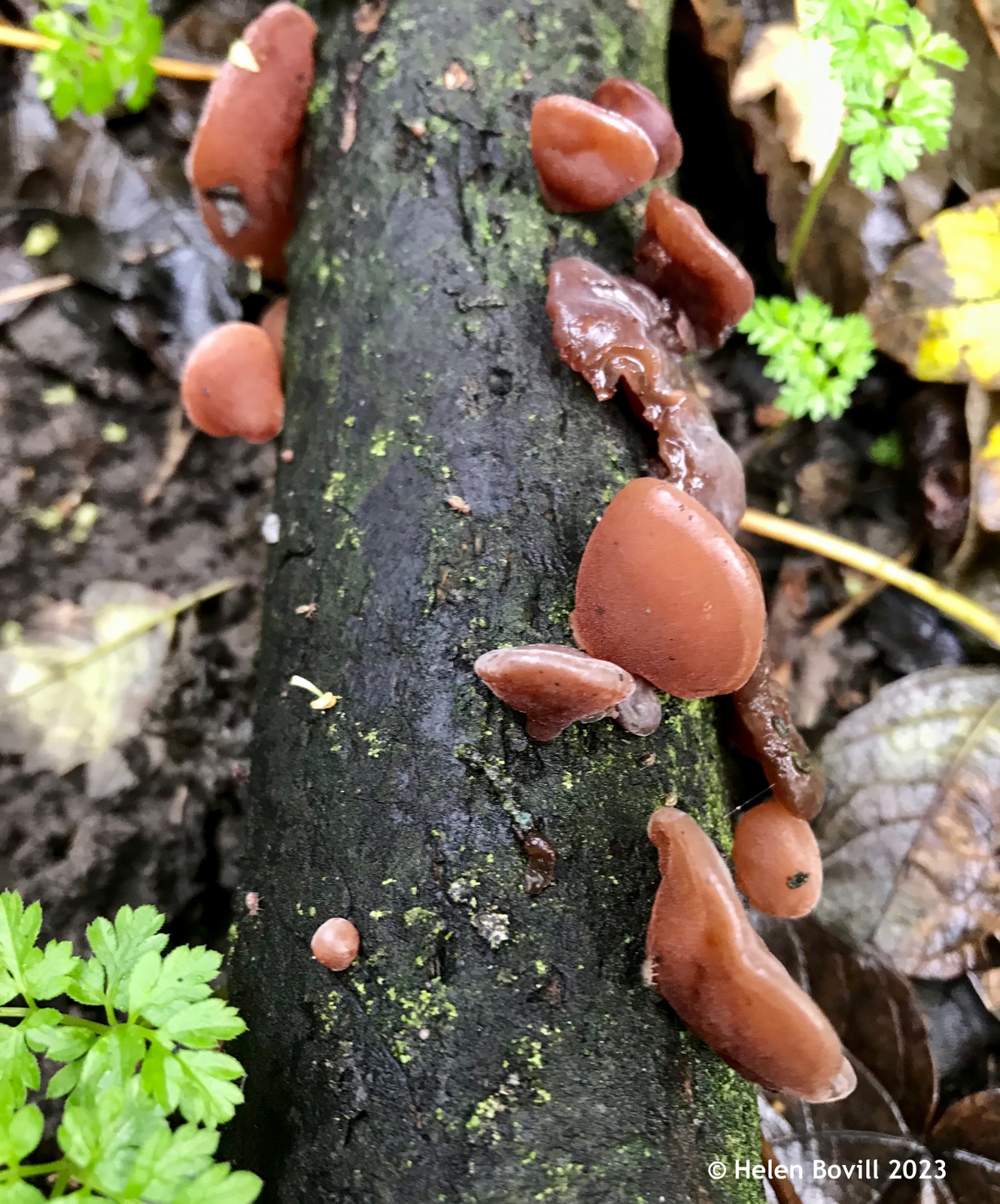
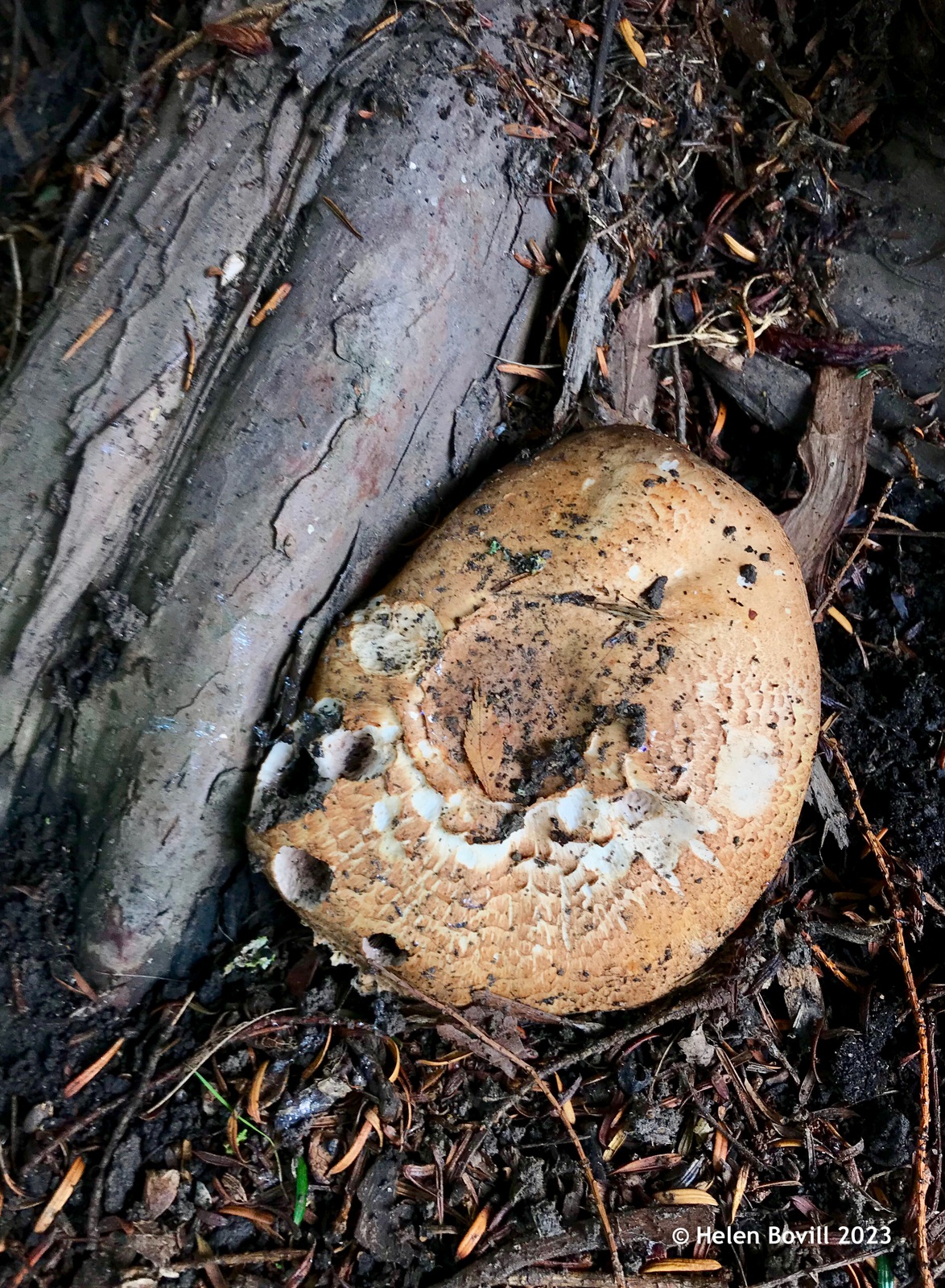
Conclusion
October was a very wet month. The muddy conditions have made walking in certain parts of the cemetery quite a challenge, especially where people have ridden bikes along the paths, exacerbating the problems. With rain forecast for the start of November, the paths aren’t going to be drying out anytime soon. Despite all this, the cemetery wildlife seems to be thriving.
But I’d like to end this report with an appeal to all the animal lovers out there – once Halloween is over, please don’t leave your leftover pumpkins in the cemetery. They’re not good for wildlife to eat, especially hedgehogs. Whilst some animals may have a quick nibble of the pumpkin, the majority of it will remain, turning into a rotting mess that the litter picking volunteers then have to remove. The link below gives more information about what to do with your unwanted pumpkins.
Thank you on behalf of the cemetery wildlife, and I’ll be back next month!
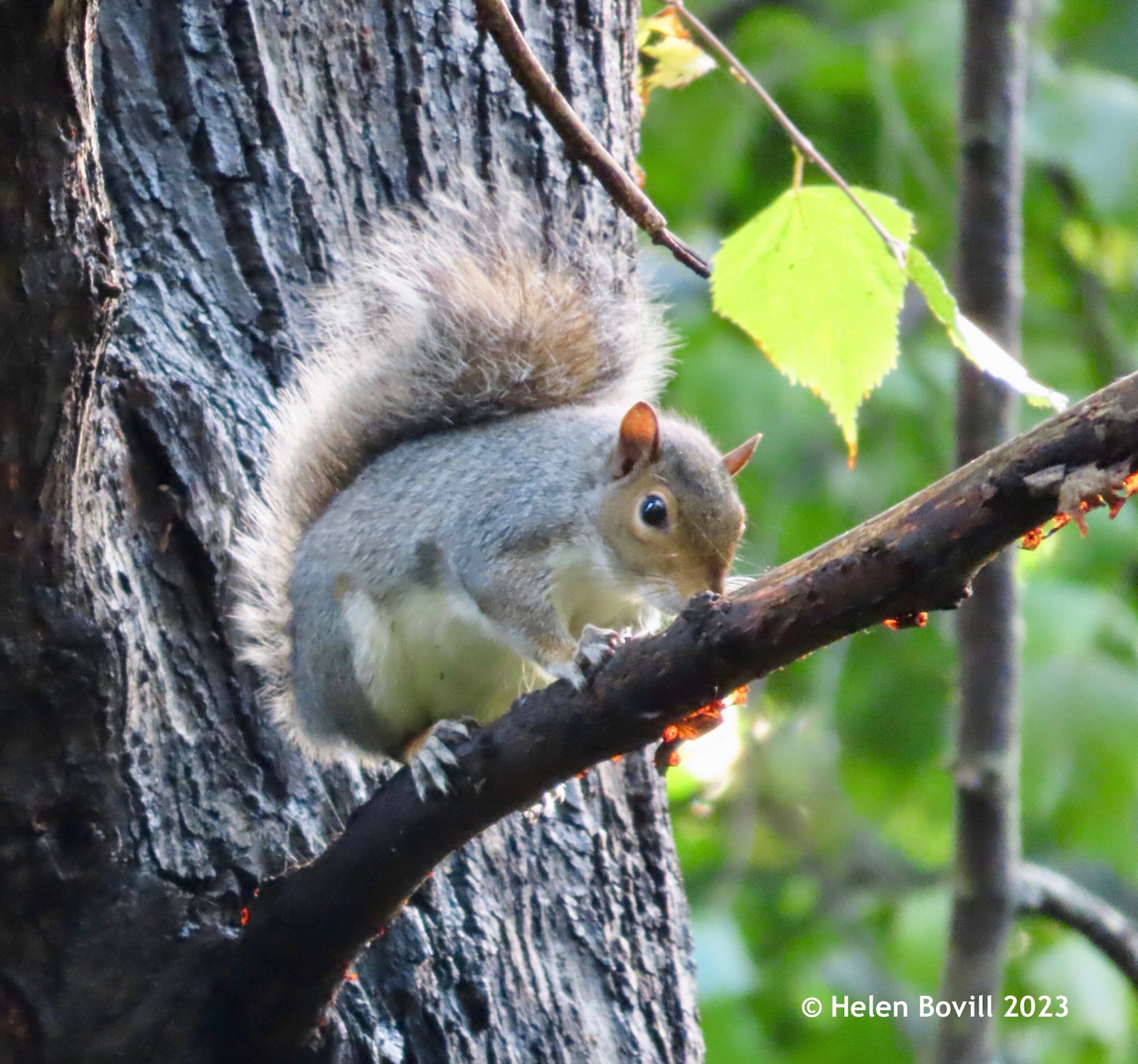


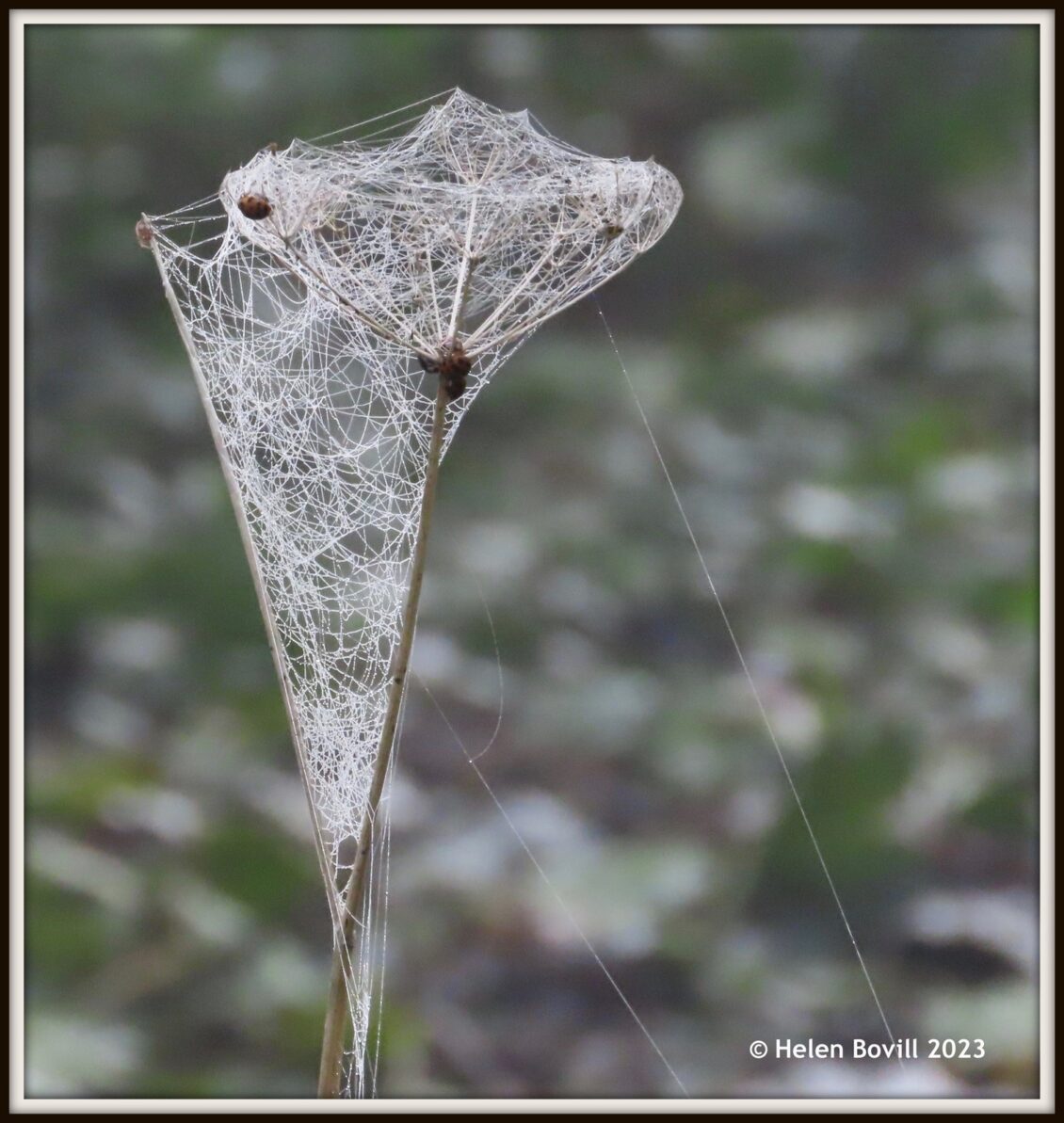
Another informative article Helen, thank you.
Bill
Wonderful photos along with interesting information. Thank you, Helen.